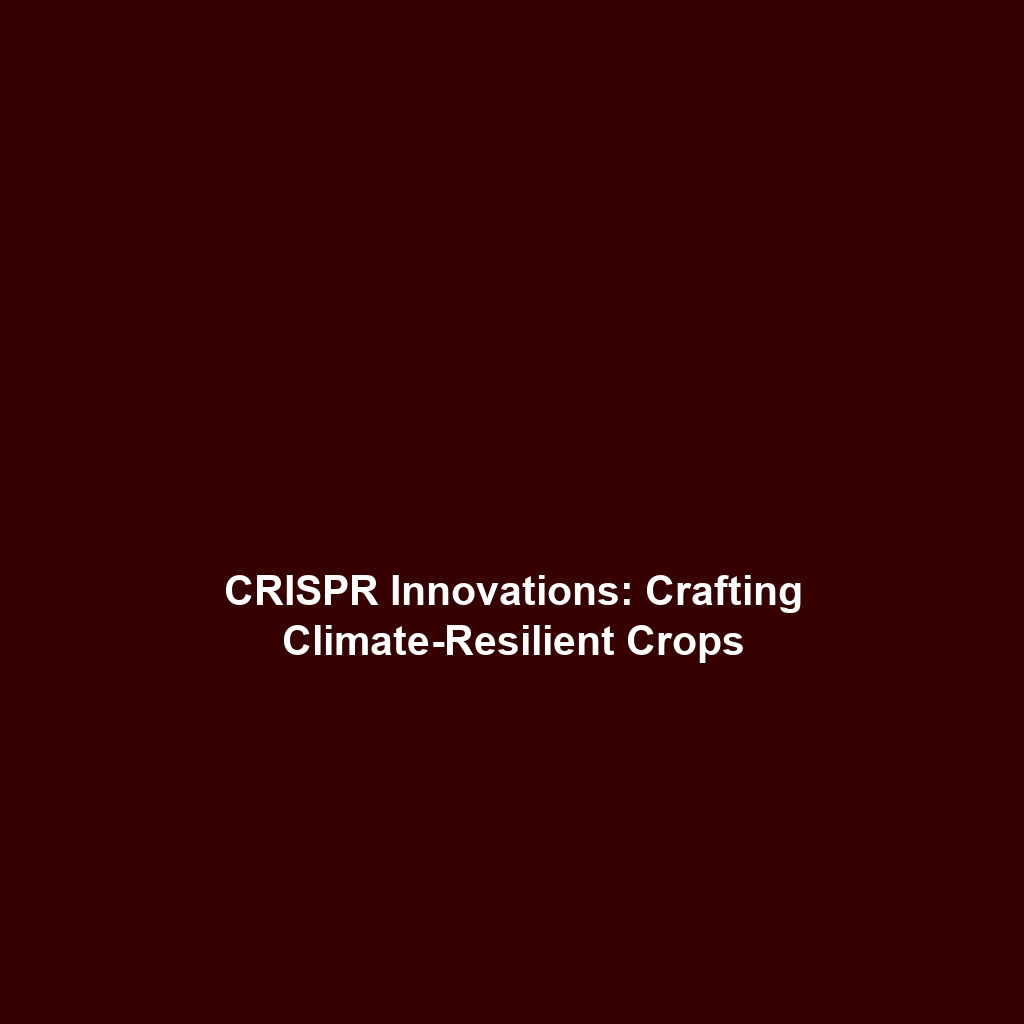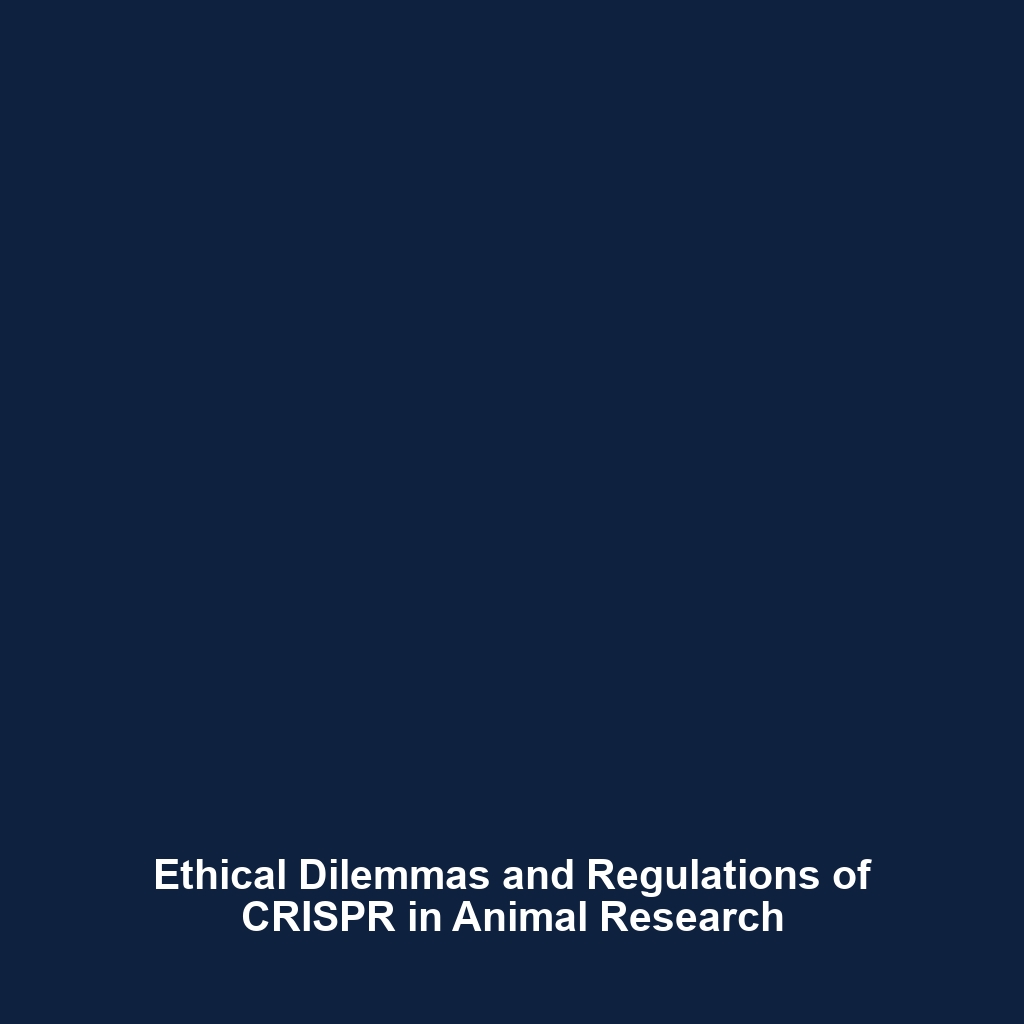How CRISPR Can Be Used to Create Synthetic Organisms with Novel Properties
Introduction
CRISPR gene editing, a groundbreaking technology, has revolutionized the field of genetics by enabling precise modifications in the DNA of various organisms. A particularly exciting application of CRISPR is the creation of synthetic organisms with novel properties. These organisms can be designed with tailored functionalities, presenting vast potential in fields such as medicine, agriculture, and environmental science. Understanding how CRISPR can be harnessed for synthetic biology is crucial for unlocking innovations that address global challenges and improve our quality of life.
Key Concepts
CRISPR Mechanism
The CRISPR-Cas9 system, derived from bacterial immune responses, allows scientists to create targeted changes in genetic material. This system utilizes a guide RNA to direct the Cas9 enzyme to a specific location in the genome, where it induces double-strand breaks. The cell then repairs these breaks, which can be leveraged to introduce new genetic sequences, essentially allowing for the design of synthetic organisms with personalized traits.
Synthetic Biology
Synthetic biology merges biology and engineering—creating organisms that do not exist in nature or modifying existing ones for specific tasks using CRISPR. This integration opens avenues for developing organisms with enhanced metabolic pathways, resistance to environmental stressors, or the ability to produce valuable compounds.
Applications and Real-World Uses
The applications of how CRISPR can create synthetic organisms are evolving rapidly. Notable examples include:
- Medical Advances: Synthetic organisms designed to produce pharmaceuticals or act as living therapeutics, potentially improving treatment options for chronic diseases.
- Agricultural Improvements: Crops engineered for drought resistance or higher nutritional content, directly addressing food security concerns.
- Environmental Solutions: Organisms created to bio-remediate polluted environments, utilizing specific metabolic processes to detoxify waste.
Current Challenges
Despite its transformative potential, there are challenges in studying and applying how CRISPR can create synthetic organisms:
- Ethical Considerations: The manipulation of genetic material raises ethical questions, particularly regarding biosafety and long-term ecological impacts.
- Technical Limitations: Issues such as off-target effects and the efficiency of delivery systems for CRISPR components can hinder precise modifications.
- Regulatory Hurdles: The lack of clear regulations surrounding synthetic organisms complicates development and commercialization.
Future Research and Innovations
Future research is poised to push the boundaries of how CRISPR can create synthetic organisms, targeting more complex traits and faster development cycles. Key innovations include:
- Next-Generation CRISPR Technologies: Innovations such as CRISPR base editing and prime editing are refining the precision of genetic modifications.
- Integration with AI: Machine learning tools are being developed to enhance the prediction and analysis of genetic modifications.
Conclusion
In summary, CRISPR gene editing holds tremendous potential for creating synthetic organisms with novel properties, offering transformative applications across multiple fields. Despite the challenges, ongoing research and innovations will guide the future of synthetic biology. To learn more about the implications of CRISPR and explore related topics, visit our related articles.









